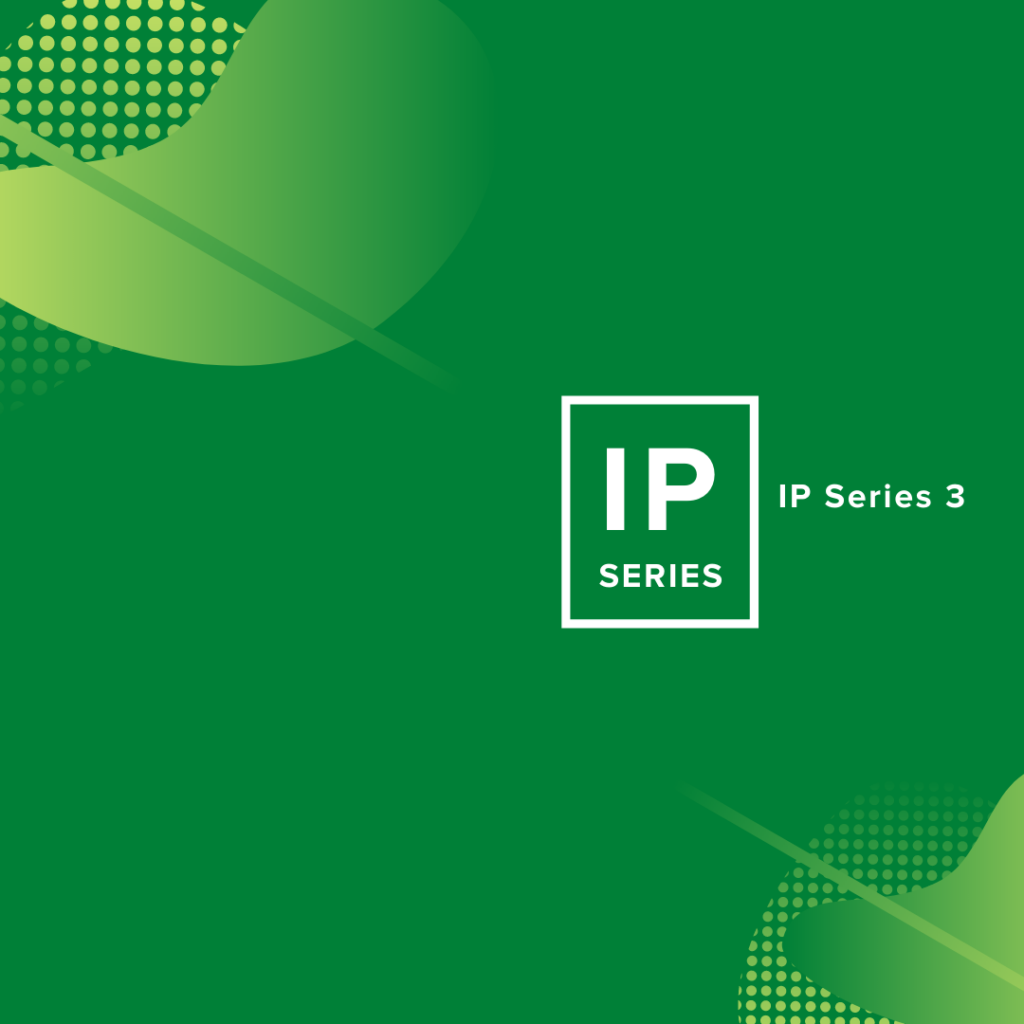Home » Intellectual Property 101: Filing for a Patent or Trademark: What Can I Expect?
Intellectual Property 101: Filing for a Patent or Trademark: What Can I Expect?

This article is the last in a 5-part series on protecting your intellectual property. ventureLAB’s experts cover everything you need to know before you file for IP protection. Check out other parts in the series:
Timing your patent or trademark application can be critical to the development of your innovation or brand. An IP professional can help you plan your IP strategy and make sure you don’t miss any deadlines. From a business perspective however, it’s important to understand a few key timeframes, including:
- how long it takes to secure protections
- when each aspect of a protection comes into place, and
- when certain protections crystalize.
The Canadian Intellectual Property Office (CIPO) provides roadmaps for both patents and trademarks. While they focus on official milestones, they can also provide a foundational understanding of the process. Note: The time frames below are general and approximate.
Trademarks:
Filing for a trademark (TM) in Canada generally takes 1-2 years to register. Before registration, an unregistered TM does have some protection. However, that protection is limited in scope depending on the jurisdiction of the province in which it is used. (A registered TM protection is federal, and therefore country wide.) The stages of a TM application are pre-filing, filing, opposition, and registration, as follows:
- Pre-Filling (2-6 weeks, recommended): Pre-filing is not a formal stage of the TM application process. However, it can help avoid costly and time-consuming filings. In this stage, you or your agent can conduct a TM or clearance search to determine if the proposed TM is currently in use.
- Filling (15-20 months): This includes filing the application and paying the application fee. This establishes a filing date, which gives you priority over subsequent filers. Once an examiner’s report is issued, you have the opportunity to correspond with the examiner until a final approval or rejection is issued.
- Opposition (2 months): If the application is approved, it is published in an official publication and online for 1-2 months (depending on the jurisdiction).
- Registration (10 years from filing date): If there is no opposition, the respective jurisdiction will register the TM for 10 years from the filing date. After 10 years, you need to renew the TM, or it will expire. There is currently no limitation on how many times a TM can be renewed. (Some jurisdictions may offer a grace period to renew after the 10 year anniversary; you may need to consult a TM agent.)
Patents:
Filing for a patent in Canada takes about 3 years. The good news is that filling for your patent prevents other subsequent filers in that jurisdiction from obtaining a patent in the innovation. Additionally, as explained below, some protection begins after 18 months. A key date to be aware of is the priority date. This date establishes the cutoff for prior art, keeps others from subsequently obtaining a similar patent, and starts the clock on the patent’s term. The priority date is the filing date. For Patent Cooperation Treaty (PCT) filings, described below, the priority date is the date of the first national filling. Stages of a patent application include pre-filing, examination, publication, and award, as follows:
- Pre-Filing (4-8 weeks): Pre-filing is not a formal stage of the patent application process. However, it can help avoid costly and time-consuming fillings. In this stage, you or your agent can conduct a prior art search to determine if the proposed innovation is novel and non-obvious. A prior art search can be a reality check as to whether your application is likely to succeed. You can seek legal counsel to review the prior art search results: it may be possible to differentiate your invention from prior art on a legal basis.
- Examination (3 years): This includes filling the application, requesting an examination, and paying the application fee. At this point, you must describe your invention. While you can expand on details later on, the core details must be included in the initial filling to maintain the priority date. While Canada does not have a formal provisional patent, many of the features can be duplicated through a first and second filing system.
It takes about 18 months from the examination request for your application to be examined and a report to be issued. Often this is the first correspondence in a chain of communications between you/your agent and the patent examiner. You are typically required to respond within 3 months and the examiner has 5-9 months to respond, but this communication process can go much quicker. Canada does not limit the amount of responses. If your application is approved a patent will be issued.
- Publication (18 months): Independent from what is happening with the examination, a patent will be published 18 months after the filing date. This means that the application, and with it the secret of the innovation, will be made public. It is also the date at which infringement will be retroactively enforced from, assuming a patent is ultimately awarded. The rights of the patent owner between publication and award are referred to as provisional rights and entitle the ultimate patent owner to “reasonable compensation” within the discretion of the court.
- Award (20 years from the priority date): Once a patent is awarded it is valid until 20 years from the priority date. This gives the Owner the right to damages caused or profits obtained by any infringer following the award. A patent cannot be renewed, and only extended in very rare cases. However, improvements can be protected under a new patent.
International Considerations:
This overview is from the Canadian perspective. While the process is similar in many jurisdictions, it’s important to be aware of distinctions in the jurisdictions you intend to file. In particular, when filling a patent through the Patent Cooperation Treaty (PCT) process, the PCT application must be filled within 12 months of the first national filing. Any national applications must then be filed prior to international publication, which occurs 18 months after the PCT application is filled. See the World Intellectual Property Organization (WIPO) FAQ page for more details. ventureLAB can help you navigate your IP strategy. Located at the heart of Ontario’s innovation corridor in York Region, ventureLAB is a leading global founder community for hardware technology and enterprise software companies in Canada. Our initiatives focused on raising capital, talent retention, commercializing technology and IP, and customer acquisition have enabled thousands of companies to create over 4,000 jobs and raise more than $200 million in investment capital. Join us.
About the Author

Jared Sues joins ventureLAB as a law student at Osgoode Hall Law School where he serves as an IP Osgoode Innovation Clinic Coordinator and focuses his studies in intellectual property. Prior to law school Jared practiced as an engineer for 9 years in Canada and the US. Most recently, he summered at OWN Innovation, an IP law firm, and looks forward to helping the next generation of innovators with their IP strategic needs.
VentureLAB
https://www.venturelab.ca/
ventureLAB is a leading global founder community for hardware technology and enterprise software companies in Canada. Our organization is led by seasoned entrepreneurs and business leaders with decades of industry experience in building IP-rich start-ups, scale-ups, and global multinationals to help you scale your business. Located at the heart of Ontario’s innovation corridor in York Region, ventureLAB is part of one of the biggest and most diverse tech communities in Canada. We enable technology startups to accelerate the commercialization of transformational products on a global scale.


